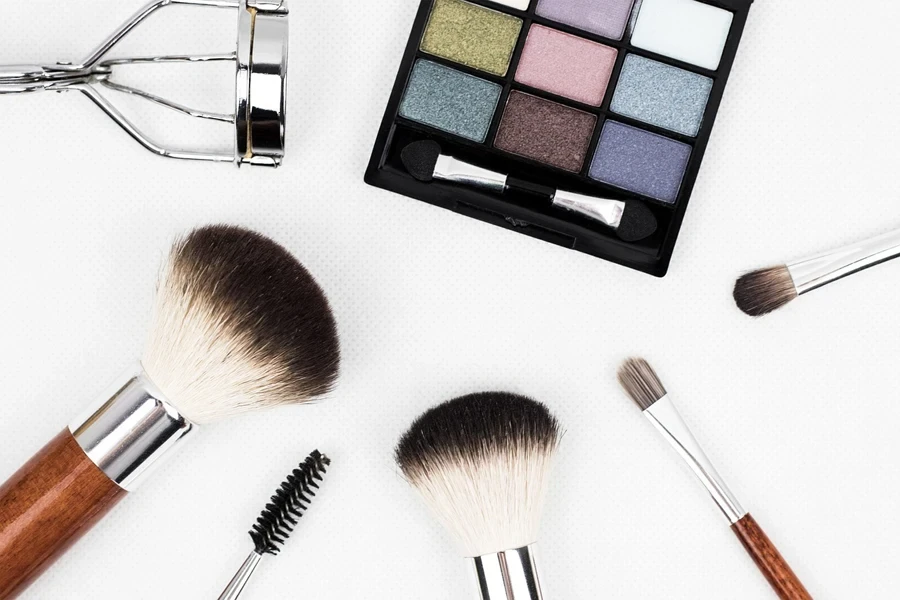
It isn’t a glamorous task, but cleaning makeup brushes also plays an essential part in enhancing one’s look. A brush that’s old and not taken care of may cause skin troubles no one wants. And let’s not forget regular cleaning stretches the life of these brushes, giving people more bang for their buck.
This article entails all the information people need to keep their brushes clean, ensuring a finished look with every makeover.
Table of Contents
Why are dirty makeup brushes not recommended?
What is the proper way to clean makeup brushes?
What to clean makeup brushes with?
What is the ideal frequency of cleaning makeup brushes?
When is it the time to throw away makeup brushes?
What about makeup sponges?
Final thoughts
Why are dirty makeup brushes not recommended?
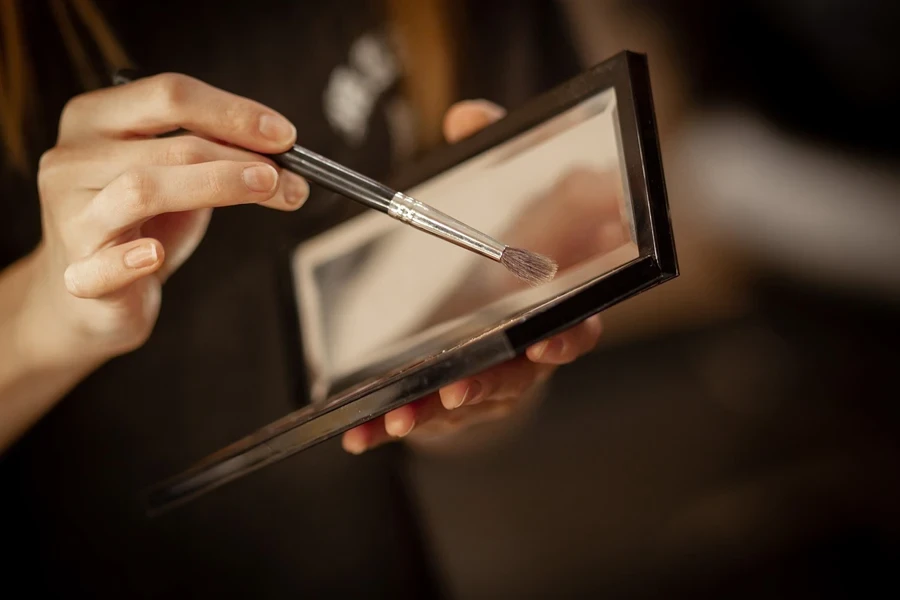
The American Dermatology Association states that dirty brushes collect product leftover, dirt, and oil, turning them into a breeding ground for bacteria that can cause skin problems. This means that cleaning makeup brushes shouldn’t be overlooked, especially by those using them regularly. Dermatologists and makeup artists advise cleaning the makeup brushes much more frequently to stop bacteria from growing, which can cause breakouts and skin irritation.
When the makeup gets old, it starts harboring bacteria, which can overgrow on the surface of the brushes, which don’t have any antibacterial protection. This eventually gets shifted on the face with the brush strokes, initiating all the problems. Secondly, keeping the brushes clean helps them perform at their peak, giving a flawless appearance to your skin. If the brushes are dirty, the makeup application may be spotty, and blending can be difficult.
What is the proper way to clean makeup brushes?
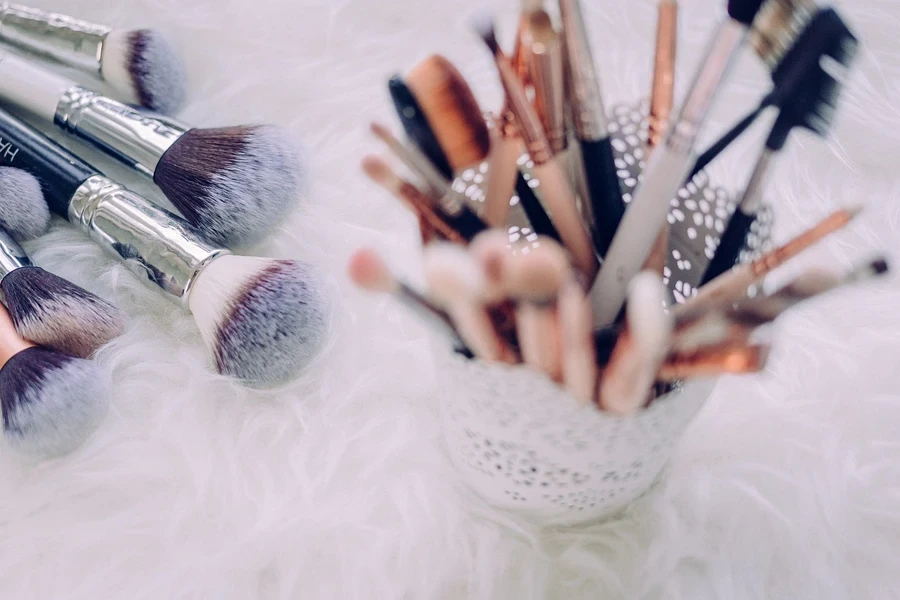
Washing makeup brushes may seem like a tedious and time-consuming chore. So, create an enjoyable experience. Check out this structured way to clean the brushes and make the most out of them!
- Rinse: Start cleaning the makeup brush by rinsing just the tips under lukewarm running water. This will help remove leftover makeup. Be careful not to get the whole brush head wet, as the warm water might weaken the glue that holds the brush together.
- Use shampoo: Now, use either clarifying shampoo or gentle shampoo. Put a tablespoon of the shampoo into a bowl of lukewarm water. Don’t use soap on the brushes, which might make the bristles dry and brittle.
- Stir and rub: Once the shampoo and water are mixed, gently move the tips of the brushes in the soapy water. You can also rub the brush tips in the palm to make more bubbles.
- Rinse again: Rinse the brush tips one more time under running water.
- Repeat the process: Keep repeating the shampooing and rinsing process until the water from the brush is clear. This shows that the brushes are free of any leftover makeup.
- Drain the water: Once the brushes are clean, gently squeeze out extra water from the bristles using clean, dry paper towels.
- Dry the brushes: Now that they are slightly dry, lay them flat on a dry towel. Make sure the tips of the brushes hang over the edge – not pointing upwards. If the brushes are upright, the water might run down into the handle and weaken the glue.
It may take a day or two for the brushes to completely dry. It would be better to leave them out overnight. If the makeup brushes feel a bit stiff after cleaning, don’t worry. Fix this by applying some conditioner to the bristles and rinsing them with water. Then, let them dry flat. This should help make the bristles soft again.
What to clean makeup brushes with?
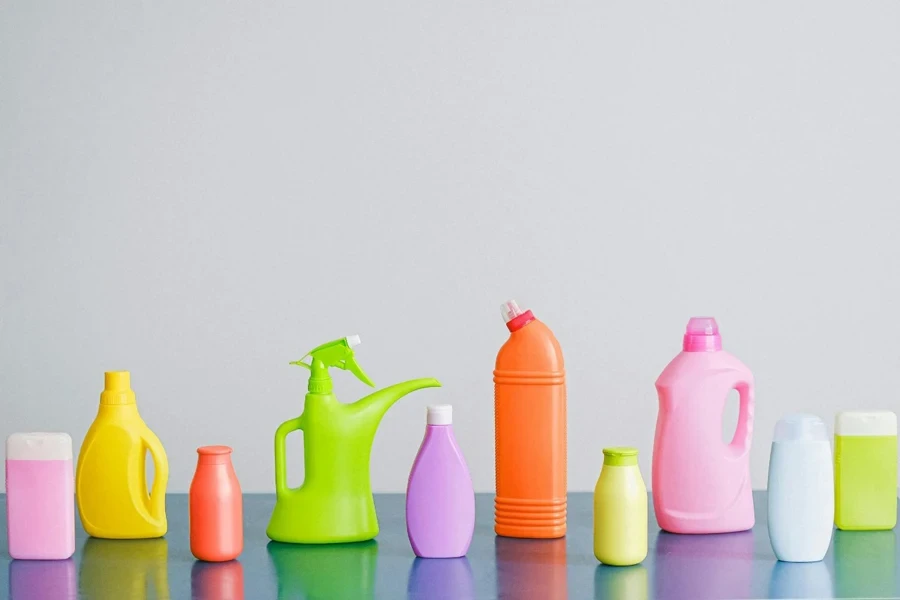
Using products to clean makeup tools may seem like you’re wasting them. But this isn’t true. It is necessary to ensure they remain in their prime condition and have fewer repurchases. Some household products that can help to clean the dirt are:
A mixture of lemon and vinegar
Mixing vinegar and lemon is an effective way to disinfect the brushes. It effectively kills germs and leaves a pleasant smell after cleaning. To try this, put two tablespoons of white vinegar in a cup of hot water. Dip the tip of the brush in the mixture, then rinse with lukewarm water. Next, cut a lemon open and rub the brush against it to remove the vinegar smell. Apple cider vinegar is a good alternative when white vinegar isn’t available.
Dishwashing liquid
Dish soap is really good at removing makeup that has already dried and hardened on the brushes. Put some dish soap on a sponge and rub the brushes on it. Then, rinse the brush with lukewarm water, wipe it with a towel, and let it dry flat.
Baby shampoo
Baby shampoo is another useful solution for cleaning makeup brushes and is gentle on the bristles. Just put a drop of baby shampoo into some lukewarm water and swirl the brushes around. Gently massage the bristles with your fingers. Then, rinse the brush with water and let it dry flat.
Some experts rely on traditional liquid formulas, while others prefer bar soap options that clean and condition the brush hair. The key is to find a method that effectively removes makeup residue, is gentle on the bristles, and fits nicely into your routine. While on it, be cautious of cleansers that contain a lot of alcohol or harsh solvents. These can weaken the glue holding the brush together, which can shorten its lifespan.
What is the ideal frequency of cleaning makeup brushes?
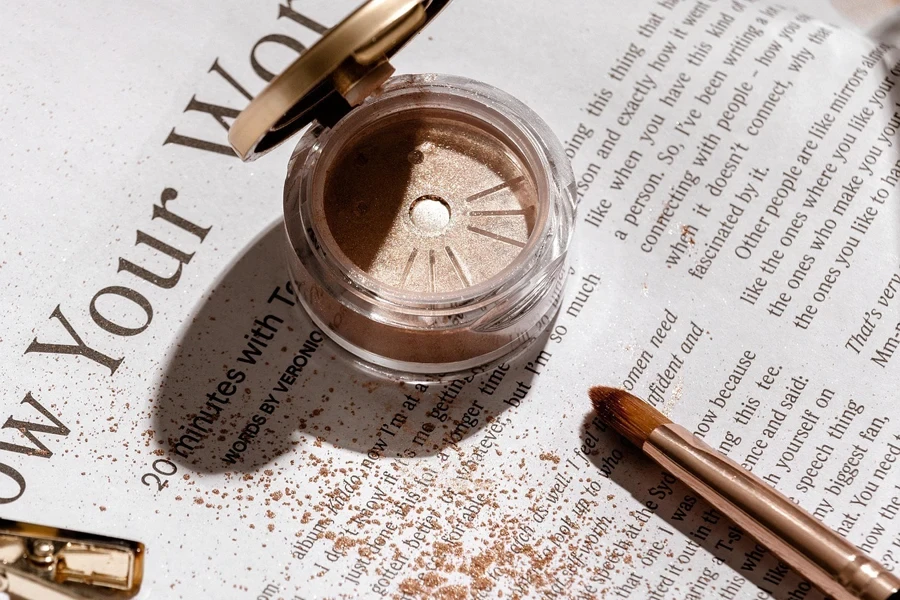
There is no single answer to this question. The frequency of washing makeup brushes is directly proportional to their usage frequency. Legendary makeup artist Bobby Brown chooses to wash her brushes once a week. Considering that these brushes are used on the face, the cleaner they are, the better. The artist goes on to state that brushes used around the eyes should be used twice a week because they build the bacteria faster than others.
Makeup artist Kat Sketch, from Houston, has a vast collection of over 200 brushes that she cleans approximately every two weeks. However, for individuals who don’t possess a makeup artist’s extensive kit, she recommends cleaning their brushes even more frequently.
The frequency of washing the brushes also relies on the kind of makeup that is used. Generally, the brushes around the eyes should be cleaned twice a week because the eyes are more prone to infections than the skin.
When is it the time to throw away makeup brushes?
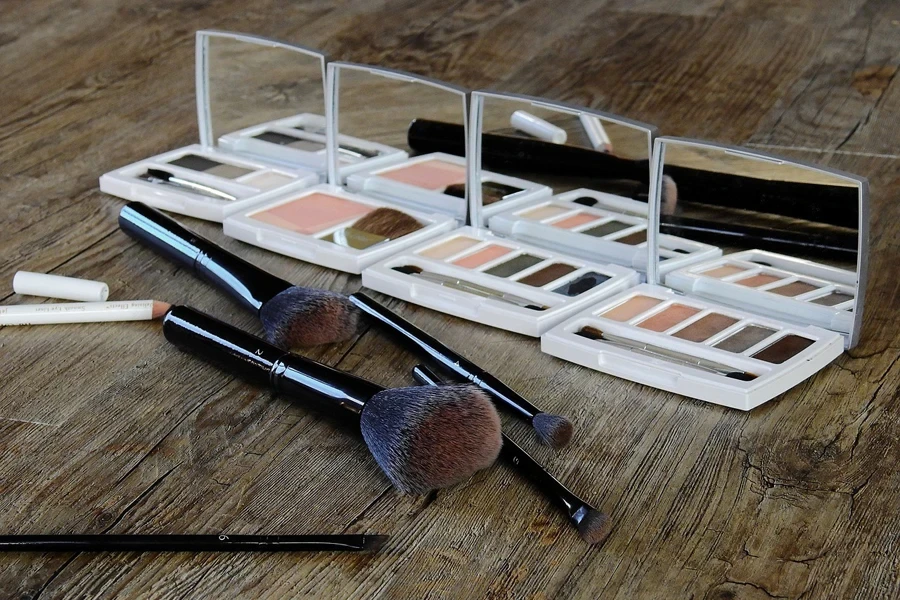
Even though frequent cleansing can prolong the life of a brush, one should keep an eye on the signs indicating that it is time for a replacement. A few of these are:
- Frayed or splayed bristles: If the bristles look misshapen, spread out, or are losing their original shape, they won’t apply makeup evenly and can cause skin irritation.
- Shedding bristles: If bristles fall out excessively during use or cleaning, it’s a sign the brush is nearing the end of its life.
- Uneven or patchy application: If the makeup looks streaky or doesn’t blend well, it could be due to a worn-out brush no longer applying the product smoothly.
- Persistent discoloration or odor: If the brush remains stained or smells even after a thorough cleaning, it could harbor bacteria and affect makeup application.
- Breakouts or irritation: Old brushes can harbor bacteria and dirt, potentially leading to skin problems. If you experience breakouts or irritation after using a particular brush, even after cleaning it, it is likely time to replace it.
The quality of a makeup brush can affect the way a face looks. Like every product out there, makeup brushes also have a specific lifespan. Cleaning them can prolong their life and keep them in optimal shape, but they will eventually wear out at some point.
What about makeup sponges?
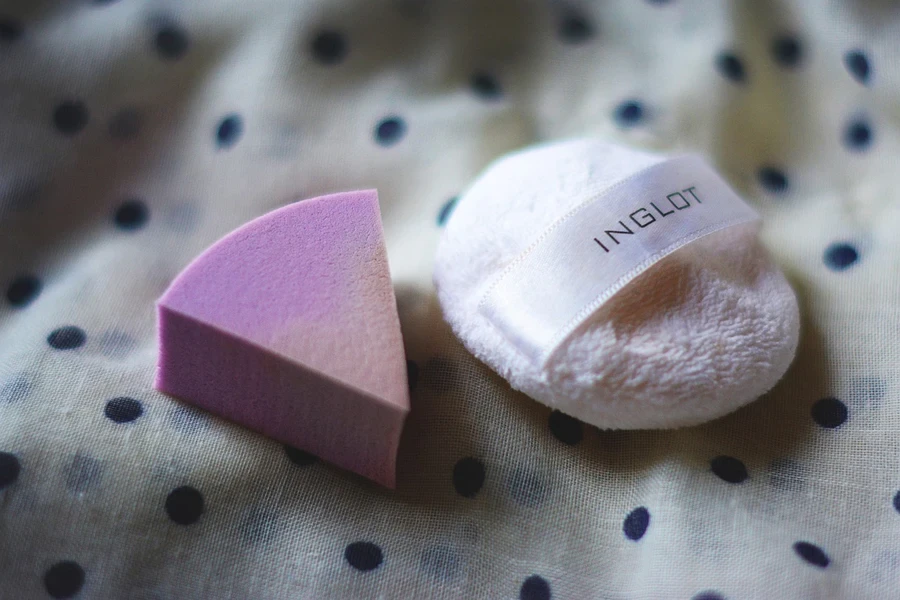
Regular makeup sponges (the cheap ones in big bags) should be discarded after a single use. But special sponges like beauty blenders are made to be used repeatedly, and you can safely use them for three to four months.
Just like makeup brushes, clean your beauty blenders at least once a week. These sponges can get filled with skin cells, and that can cause bacteria to grow too much. The solutions to clean brushes can also be used to cleanse the sponges. However, there is a difference between the lifespan of a brush and a sponge, making it necessary to watch for the signs and replace each product when required.
Final thoughts

Cleaning makeup brushes properly is essential to one’s beauty regime. This is because they can make or break the entire makeup game. Following the cleanup practices and replacing the brushes on time allows one to apply flawless makeup and keep their skin healthy. If the brushes are too squashed or pinched, they may not be up to the job. In addition to investing in high-quality makeup brushes, it is equally important to follow proper care guidelines to ensure they stay in excellent condition for as long as possible.




